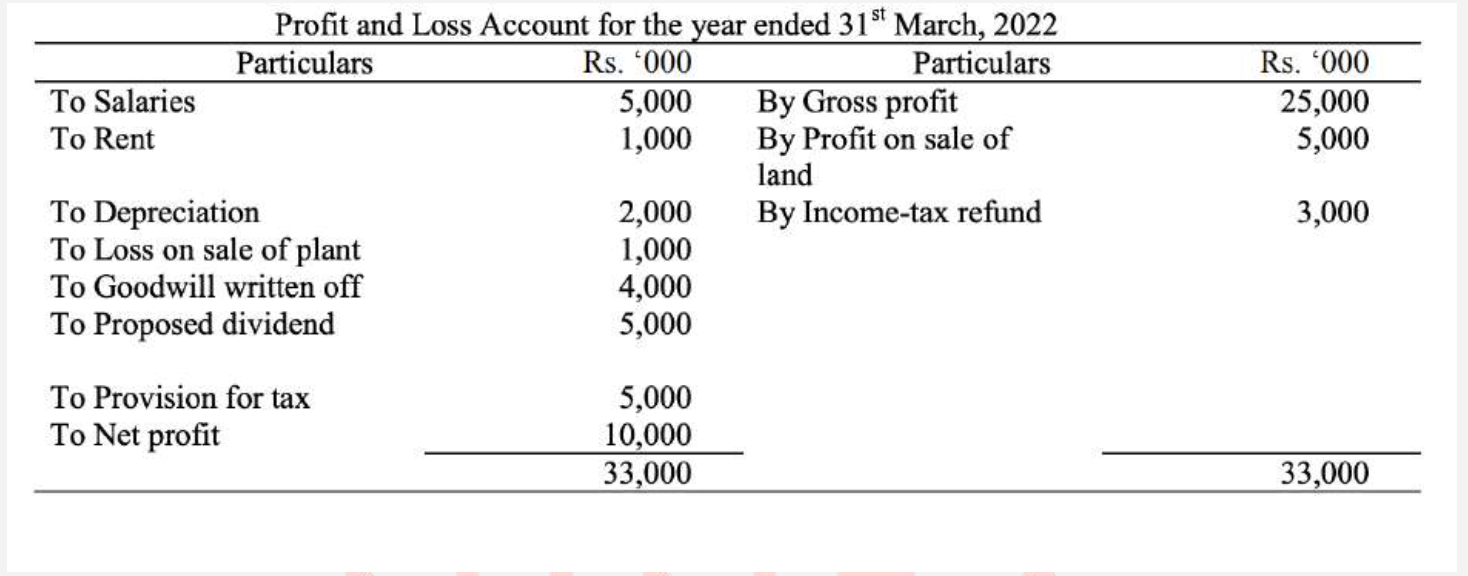MBA
Quantitative Analysis for Managerial Applications
ASSIGNMENT
Course Code: MMPC-005
Assignment Code: MMPC-005/TMA/JULY/2022
Coverage : All Blocks
5. Write short notes on any two of the following:-
(d) Time Series Analysis
Time series analysis is a statistical method used to analyse and model data collected over time. It involves examining historical data and identifying patterns or trends that can help predict future behaviour. Time series analysis can be used in a variety of fields, including finance, economics, engineering, and environmental science.
The primary objective of time series analysis is to develop a statistical model that captures the underlying patterns and trends in the data. This model can then be used to forecast future values of the time series. There are several techniques used in time series analysis, including trend analysis, seasonal analysis, cyclical analysis, and random fluctuation analysis.
(For the complete answer and also the full set of answers of MBA assignments/study notes WhatsApp me : +91 99 471 471 85 or purchase it from here)
